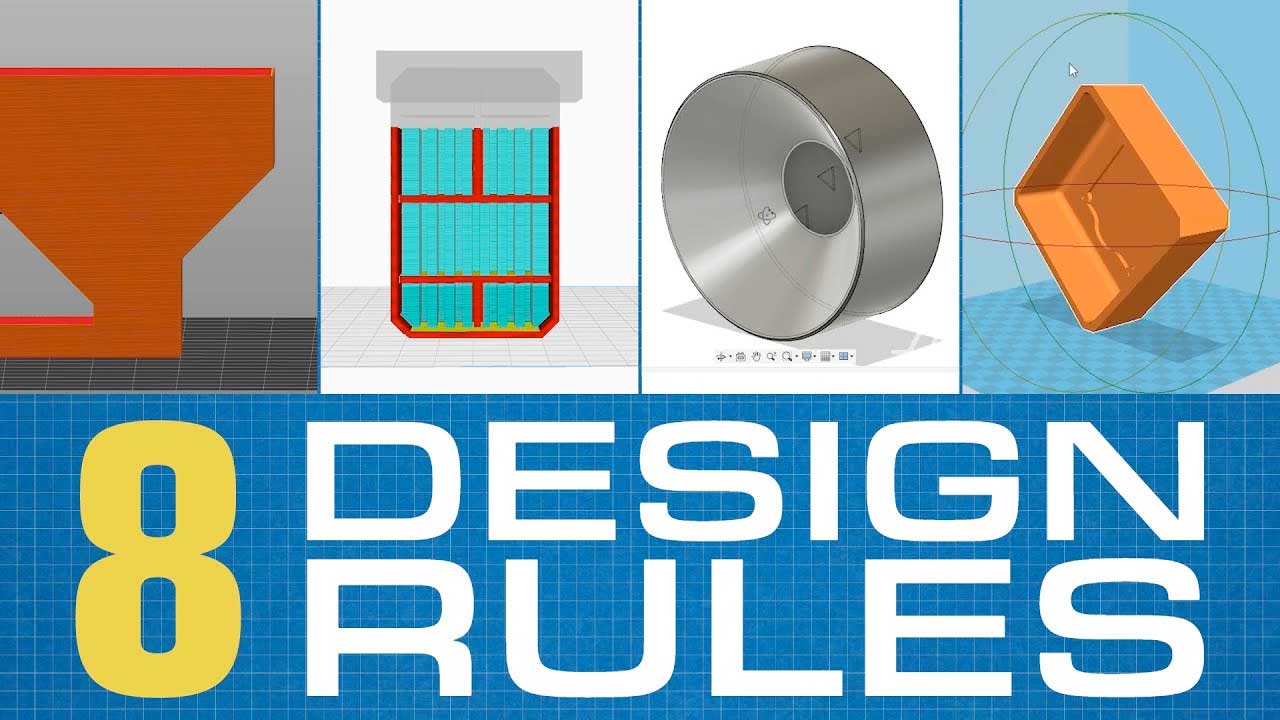If you want to produce a large number of 3D-printed parts, there are a few things to bear in mind when designing them. In a new video, the YouTube channel “Slant 3D” presents eight rules for optimized series parts.
One of the most important recommendations is to create all wall thicknesses to at least 1 millimeter. This ensures that the nozzle of the FDM 3D printer produces reliable vertical walls. Horizontal overhangs without a support structure should be avoided wherever possible, as they extend the printing time and require post-processing.
The first bottom layer of a print also needs to be well thought out. Complex structures and sharp corners make it difficult to adhere to the printing plate. Round, simple contours are an advantage here. As a general rule, corners and edges on the 3D model should be rounded off, both for a more appealing design and for smoother movement of the print nozzle.
Other tips include avoiding cavities inside the parts and choosing thick-walled, solid structures instead. It is also advisable to keep the contact surface with the printing plate small so that the finished objects can be removed more easily.
All of Slant 3D’s tips can be viewed in the video:
Subscribe to our Newsletter
3DPresso is a weekly newsletter that links to the most exciting global stories from the 3D printing and additive manufacturing industry.


























